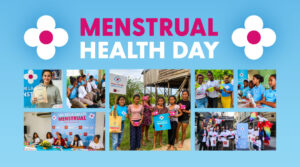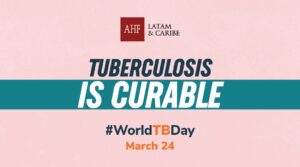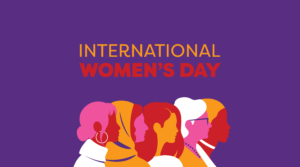In recent years, diseases that have spread from animals to humans have put the world on alert. The most recent concern of this type is the so-called Monkeypox, which is currently spreading through various regions of the planet.
Is it a new disease?
No. Monkeypox was discovered several decades ago, and was so named because in 1958 it was identified in several apes laboratory. Interestingly, today certain kinds of rodents are the animals most likely to transmit it.
Monkeypox is an endemic disease, that is, it had only occurred in one region of Africa, specifically the central and western areas, in countries such as Cameroon, Democratic Republic of the Congo, Liberia, Nigeria, Sierra Leone, among others.
However, in May of this year, cases began to be registered in Europe.
What are the symptoms?
Monkeypox is similar to smallpox, a disease that has been considered eradicated since the 1980s.
The main symptoms of this virus are:
- Fever
- Severe headache
- Muscle pain
- Exhaustion
- Swollen lymph nodes
- Rashes or lesions on the skin
These skin lesions may be slightly raised or flat and filled with clear or yellowish fluid.
According to data from the World Health Organization (WHO), the rashes appear between the first and third day after the fever began, and can be from a few to thousands of them. Within a few days, the lesions dry up, scab over, and eventually fall off.
The parts of the body where the lesions appear the most are the face, the palms of the hands and the soles of the feet, but they can also appear on the genitals, mouth and eyes.
Symptoms last two to four weeks, and in most cases go away on their own, without the need for treatment.
How is it spreading ?
The virus that causes Monkeypox is passed from person to person (or from animal to person) by close contact, that is, by directly touching an infected person or by touching surfaces, utensils, or clothing with which they are exposed that person has been in contact.
This means you can get it by:
- Having physical contact with an infected person, especially with their skin lesions. In addition, fluids from lesions and scabs are especially infectious.
- It is currently unknown whether it can be spread by fluid exchange during sex (for example, through semen or vaginal fluids). However, direct skin-to-skin contact with lesions during sexual activities CAN spread the virus.
- Being in physical contact with clothing, bedding, towels, or kitchen utensils that the infected person has used, or surfaces that they have touched.
- Respiratory droplets, that is, very small particles of saliva that are expelled when speaking, coughing or sneezing. Also for drinking from the same glass or sharing eating utensils.
It’s dangerous? Can you die from Monkeypox?
In general, this disease is not dangerous. Until now, a low mortality rate has been recorded, between 3% and 6% of cases, but it is believed that it may be even lower, since until now there was no strict follow-up.
People at risk of developing severe disease from Monkeypox include children, as well as people whose immune systems are weakened (such as those with uncontrolled HIV or those undergoing chemotherapy) or who have other serious illnesses.
As far as is known, the population that received the smallpox vaccine (until before the 1980s, when it was discontinued) has some protection against severe disease, but this has not been studied enough.
How has the spread progressed?
According to the WHO, Monkeypox is not considered highly contagious, since it requires close physical contact with someone infected to pass from one person to another. For this reason, the institution has affirmed that the risk for the general population is low.
During the current outbreak, which is already registering cases in Europe, Latin America, North America, Asia and Australia, it is observed that infections have occurred especially in people with a very active sexual life and who have more than one sexual partner.
One of the most affected groups so far is that of gay and bisexual men, according to reports from some governments. This does not mean that other people cannot be infected, since transmission does not depend on sexual contact itself.
How can I protect myself?
It’s good to know how to protect yourself from getting Monkeypox, but it’s just as important to know how to protect others if you do get sick.
The most efficient way to care for yourself is to avoid physical contact with people who have symptoms that might suggest Monkeypox. Avoid touching, hugging or kissing someone who shows signs like those described.
It is also effective to continue with the hygiene measures that have been established for the last two and a half years: wash hands frequently for at least 20 seconds and use alcohol-based sanitizer.
In the event that you live with someone who already has it, avoid touching them or their wounds, and if you must handle their clothes or towels or kitchen utensils, use latex gloves. In addition, it is recommended to wear a mask (face mask) when handling these objects.
If you are the one with the symptoms, isolate yourself for four weeks, and if you have to be in the same space with another person, wear a mask and wear clothing that covers the lesions on your skin.
In general, if you have any of the symptoms of Monkeypox, see a doctor for care.







